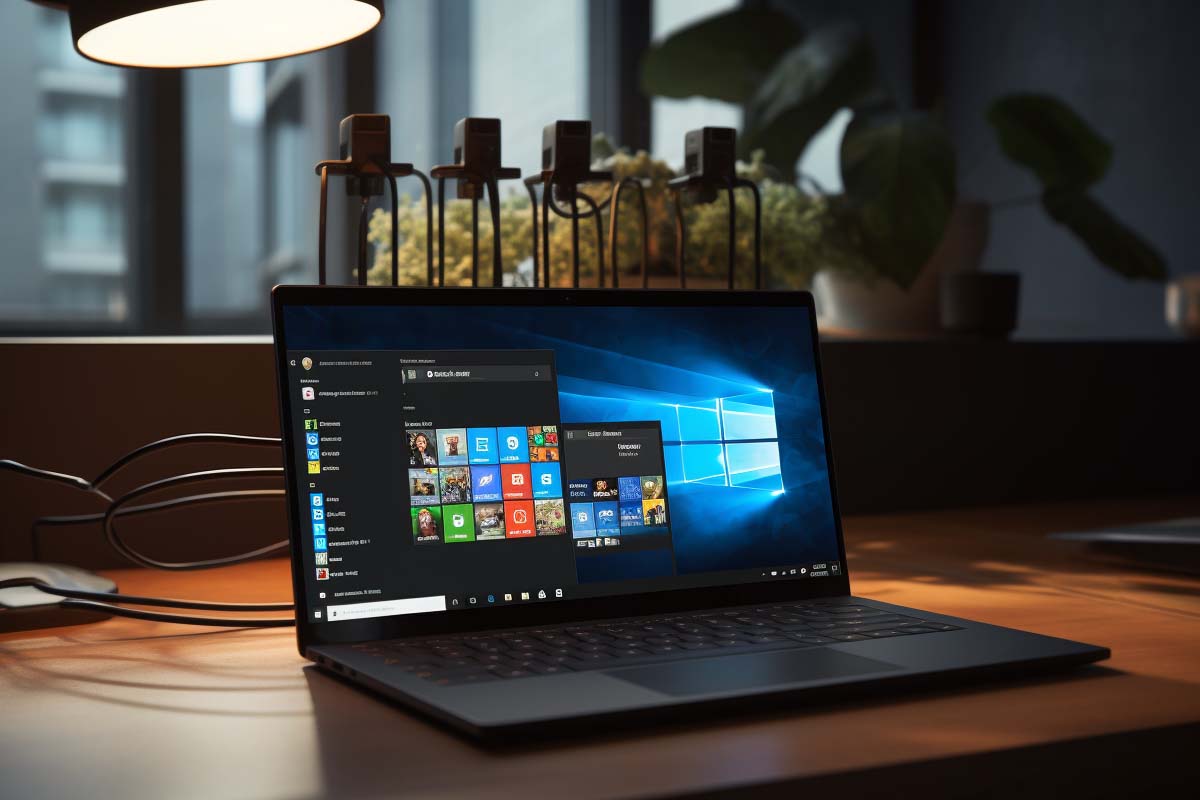What is LDAP Injection?
Definition: LDAP InjectionLDAP Injection is a type of code injection attack that targets web applications by manipulating input parameters that are passed to an LDAP (Lightweight Directory Access Protocol) query.

Did you know Windows offers a built-in tool to validate file integrity, known as Sigverif (Signature Verification). In the realm of digital security, ensuring the integrity of critical system files is paramount. This guide will walk you through using Sigverif to monitor file integrity, demonstrating its importance in maintaining system security.
Sigverif is a file integrity monitoring tool embedded within Windows operating systems. It’s designed to verify the signatures of critical system files and drivers, ensuring they have not been tampered with or altered. The tool compares the current files on the system with a database of original signatures created at the time of the operating system’s installation.

View our comprehensive training series covering all the key elements and certifications needed to successfully excel in an IT User Support Specialist job role.
sigverif in the Start menu search bar and clicking on the application when it appears.Our robust CompTIA Sec+ course is the perfect resouce to ensure your company’s most valuable assets are safe. Up your security skills with this comprehensive course at an exceptional price.
File integrity monitoring is crucial for maintaining the security and stability of an operating system. By ensuring that critical system files and drivers have not been altered, you protect against unauthorized changes that could compromise system functionality or security. Sigverif is a straightforward yet powerful tool for Windows users to employ in their security toolkit.
Here’s a more detailed explanation of its importance:

Get certified with the globally trusted credential for entry-level IT professionals.
The updated 220-1201 & 220-1202 exams deliver cutting-edge skills for today’s tech-driven world—covering essential hardware, software, networking, and security knowledge.
Stay relevant. Stay certified. Start your future in IT today!
In summary, File Integrity Monitoring is a foundational security practice that helps organizations detect and respond to threats, comply with regulatory requirements, enhance system reliability, and support effective IT operations. Its importance cannot be overstated in today’s dynamic and complex IT environments, where the integrity of data and systems is constantly under threat.
Sigverif demonstrates the importance of file integrity in maintaining a secure and stable system environment. Whether you’re a system administrator or a casual user, understanding how to use such tools can significantly enhance your system’s security posture. Through the steps outlined above, users can effectively monitor and restore the integrity of their system files, safeguarding against potential threats and ensuring the smooth operation of their Windows OS.
File Integrity Monitoring is a security process that involves continuously tracking changes to files, configurations, and directories to ensure they have not been altered in an unauthorized manner. It works by creating a baseline of approved configurations and file states using cryptographic checksums. FIM systems then continuously monitor these elements for alterations, comparing current states against the baseline. Any detected changes trigger alerts for further investigation, enabling organizations to respond quickly to unauthorized modifications, potential security threats, or compliance violations.
Many regulatory standards and frameworks, including PCI DSS, HIPAA, and GDPR, require stringent data protection measures, which include ensuring the integrity of sensitive data. FIM is critical for compliance because it provides a mechanism to detect unauthorized changes to protected data, system files, and configurations. This capability not only helps in preventing data breaches but also provides the audit trails necessary for demonstrating compliance with these regulatory requirements during audits.
Yes, FIM can play a significant role in the early detection of malware and ransomware attacks. By monitoring for unauthorized changes to files and system configurations, FIM systems can alert administrators to the presence of malware that may attempt to modify system files or ransomware that encrypts files for extortion. Early detection allows organizations to respond promptly to mitigate the impact of such attacks.
FIM is a component of a layered cybersecurity strategy that includes firewalls, intrusion detection systems (IDS), anti-virus software, and more. It complements these tools by providing an additional layer of defense focused on the integrity of files and configurations. FIM enhances security posture by ensuring that any changes to critical system components are detected, documented, and analyzed, helping to prevent security breaches and ensure system reliability.
Implementing FIM comes with challenges, such as managing the volume of alerts generated and distinguishing between benign and malicious changes. To address these challenges, organizations can:
Prioritize Monitoring: Focus on monitoring critical files and systems that house sensitive information or are essential to business operations.
Tune and Customize Alerts: Adjust FIM settings to reduce false positives by customizing the sensitivity and criteria for alerts based on the organization’s unique environment and risk profile.
Integrate with Other Security Tools: Combine FIM with other security systems to correlate data and provide context, making it easier to identify genuine threats.
Leverage Automation: Use automation for responding to common types of alerts and for managing the change approval process, thus reducing the workload on IT staff and speeding up response times.
By addressing these challenges, organizations can effectively implement FIM as a vital part of their security and compliance strategy.
Lorem ipsum dolor sit amet, consectetur adipiscing elit. Ut elit tellus, luctus nec ullamcorper mattis, pulvinar dapibus leo.
$49.99 Original price was: $49.99.$16.99Current price is: $16.99. / month with a 10-day free trial
Definition: LDAP InjectionLDAP Injection is a type of code injection attack that targets web applications by manipulating input parameters that are passed to an LDAP (Lightweight Directory Access Protocol) query.
Definition: Least Privilege PrincipleThe Least Privilege Principle (LPP) is a security concept and practice that mandates that any user, application, or system component should be granted the minimum levels of
Definition: HTTP PipeliningHTTP Pipelining is a technique used in HTTP/1.1 to send multiple HTTP requests to a server without waiting for each corresponding response. By allowing several requests to be
Definition: XRD (eXtensible Resource Descriptor)XRD (eXtensible Resource Descriptor) is an XML-based format used to describe metadata about a particular resource, such as a document, service, or network endpoint. It enables
Definition: RAID ReconstructionRAID reconstruction is the process of rebuilding data in a Redundant Array of Independent Disks (RAID) system when one or more drives in the array fail or are
Definition: Attack Surface ReductionAttack Surface Reduction (ASR) refers to the practice of minimizing the number of potential entry points available to attackers within a system, network, or application. By limiting
Definition: Gigahertz (GHz)Gigahertz (GHz) is a unit of frequency that represents one billion cycles per second. It is commonly used to measure electromagnetic frequencies, such as radio waves and computer
Definition: Wi-Fi RoamingWi-Fi Roaming is the process that allows a device, such as a smartphone, laptop, or tablet, to seamlessly transition between different Wi-Fi access points within the same network
Definition: Rate LimitingRate limiting is a technique used to control the amount of incoming or outgoing traffic to or from a network, server, or API within a specific time frame.
Definition: Data ObfuscationData obfuscation is the process of deliberately altering sensitive information in a way that makes it difficult for unauthorized individuals to interpret or understand, while maintaining the usability
Definition: AI EthicsAI Ethics refers to the set of moral principles, guidelines, and frameworks that govern the development, deployment, and use of artificial intelligence (AI) systems. It addresses concerns about
The Application Layer is the seventh and highest layer of the OSI (Open Systems Interconnection) model. It is the layer closest to the end user, providing services that directly interact
ENDING THIS WEEKEND: Train for LIFE at our lowest price. Buy once and never have to pay for IT Training Again.